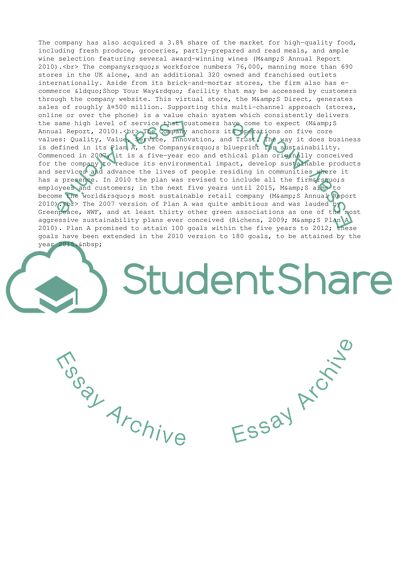Cite this document
(Mark & Spencer's Plan A Strategy: Serving Stakeholder Groups Interests Term Paper, n.d.)
Mark & Spencer's Plan A Strategy: Serving Stakeholder Groups Interests Term Paper. Retrieved from https://studentshare.org/business/1753004-strategy-of-the-multi-naitonal-company
Mark & Spencer's Plan A Strategy: Serving Stakeholder Groups Interests Term Paper. Retrieved from https://studentshare.org/business/1753004-strategy-of-the-multi-naitonal-company
(Mark & Spencer'S Plan A Strategy: Serving Stakeholder Groups Interests Term Paper)
Mark & Spencer'S Plan A Strategy: Serving Stakeholder Groups Interests Term Paper. https://studentshare.org/business/1753004-strategy-of-the-multi-naitonal-company.
Mark & Spencer'S Plan A Strategy: Serving Stakeholder Groups Interests Term Paper. https://studentshare.org/business/1753004-strategy-of-the-multi-naitonal-company.
“Mark & Spencer'S Plan A Strategy: Serving Stakeholder Groups Interests Term Paper”, n.d. https://studentshare.org/business/1753004-strategy-of-the-multi-naitonal-company.


